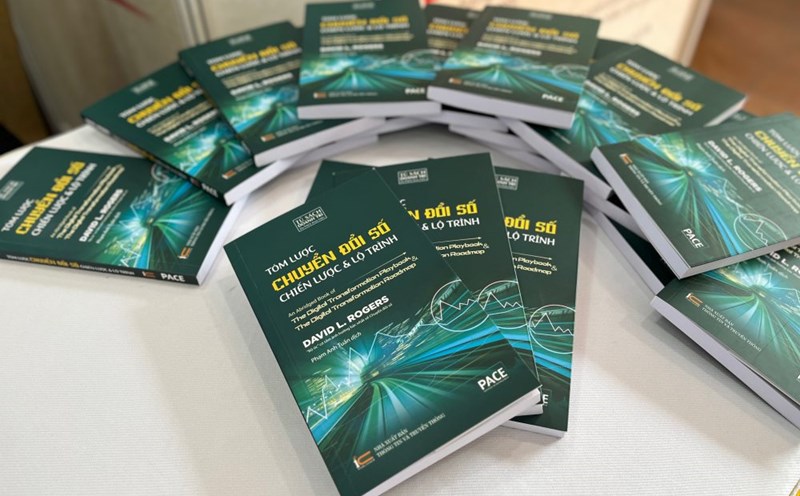COOKING WITHOUT NEEDING STOVES, POTS, POTS, PANS
Sous vide - a French term meaning "under vacuum", is a modern cooking method in the culinary industry. With the ability to control temperature precisely, sous vide brings dishes with high standards of quality and taste.
Despite being a modern technology, the history of sous vide dates back to the 18th century, when French scientist Antoine Parmentier experimented with preserving food using a vacuum. However, the sous vide method only really took off in the 1970s.
It is worth mentioning the role of Georges Pralus, a famous French chef, who developed sous vide at the restaurant Troisgros, where he experimented with cooking foie gras in vacuum bags. The result was a dish that retained its flavor and texture better than traditional cooking methods, further contributing to the reputation of the famous foie gras of French cuisine.
During the 1980s and 1990s, sous vide began to be widely used in high-end restaurants. Chefs such as Thomas Keller, founder of The French Laundry, used the method to create exquisite dishes that enhanced the dining experience for diners. Keller wrote many books and guides on sous vide cooking, helping to popularize the technique.
In recent years, advances in technology have made sous vide more popular in home kitchens. Sous vide equipment such as vacuum machines and sous vide cookers have become more accessible and affordable. The advent of smart devices, which can connect to phones for remote control, has made this method easier for consumers to use.
The way sous vide works is simple but effective. First, the food is prepared, seasoned and placed in a vacuum bag. This helps retain the flavor and freshness of the food, while the bag is vacuum-sealed to remove air, prevent oxidation and help the food cook evenly.
The bag of food is placed in a pot or bath of hot water at a pre-set temperature. This temperature is typically much lower than traditional cooking methods, allowing the food to cook slowly and evenly. However, sous vide is completely different from slow cooking in a pressure cooker or crock pot.
Food cooked using the sous vide method retains its original flavor and nutrients, which are easily destroyed when processed with direct heat. A piece of beef cooked using sous vide will have a higher nutritional content than traditional cooking methods such as grilling, frying, and stewing.
In addition, sous vide also does not cause food to lose water during the cooking process, so the food is soft and juicy. This method also helps the cook easily control the level of doneness of the food, thereby avoiding overcooking or undercooking.
On the other hand, the cooking process is set to automatic mode, without the need for direct supervision, so the cook can be free to do other things, very suitable for the busy and urgent work life today. This is a factor that makes the sous vide method increasingly popular and widespread.
Sous vide is gradually gaining attention in Vietnam. Many chefs and high-end restaurants have begun to apply this method to improve the quality of their dishes. Some restaurants in Hanoi and Ho Chi Minh City have started using sous vide to prepare dishes such as beef, salmon and vegetables. These dishes are often served with delicate and unique flavors, attracting customers.
At the home kitchen scale, sous vide is becoming the preferred choice of housewives. Although this method requires investment in new equipment, the nutritional benefits and convenience, as well as reduced cooking time, have made users learn about and invest in sous vide equipment to prepare dishes for their families, from grilled meat to desserts.
THE ROLE OF SCIENCE AND TECHNOLOGY IN COOKING
It can be said that the future of sous vide is very bright because it is in line with the trend of reducing CO2 emissions, reducing gas consumption and saving electricity in cooking. Sous vide devices will increasingly be integrated with many smart technologies, allowing users to control and monitor the cooking process remotely via smartphone.
Although new, sous vide can be combined with traditional cooking methods to create new dishes, retaining high flavor and quality. For example, in the meat processing for traditional pho, beef parts such as brisket, flank, tenderloin... can be completely cooked by sous vide to create soft, juicy meat, while preserving nutrients and flavor instead of boiling. Meanwhile, the bone simmering stage for broth is still cooked in the old way.
Sous vide cooking technology has become an important trend in modern cuisine. With its long history of development and the benefits it brings, sous vide is not only limited to high-end restaurants but is also widely applied in family kitchens.
With Vietnamese cuisine inherently leaning towards freshness and diverse flavors, sous vide promises to bring new culinary experiences. With the continuous development of technology and cooking techniques, sous vide will certainly continue to be an important part of global cuisine in the future.
It can be said that the presence of high technology in the culinary field is growing. This is understandable because it serves culinary needs that have been changing dramatically. From the need to eat well to eat well and then to eat well, eating according to the trend of experience and enjoyment.
So, science and high technology have come into the game in the kitchen and at the table. Alongside sous vide, we have cutting-edge cooking methods such as liquid nitrogen freezing, molecular science, or the use of non-traditional ingredients in cuisine, from alginate powder to gelatin, to create different shapes and textures for dishes.
As a result, many new and innovative dishes have appeared. The technique of whipping at extremely high speeds will turn sauces and creams into very light foam, creating a "rippling" feeling like air bubbles when put into the mouth in desserts is a typical example.
Mushroom foam (using a foaming agent to create a layer of mushroom foam, giving a rich yet light flavor), spherification technique (creating spherical balls to create small balls like caviar, but made from fruit juice) has brought a new culinary experience.
The achievements of applying science, technology and new techniques to cuisine have contributed to the explosion of modern cuisine, encouraging chefs around the world to experiment with new techniques and ingredients. It creates a new face for world cuisine in general and Vietnamese cuisine in particular.











